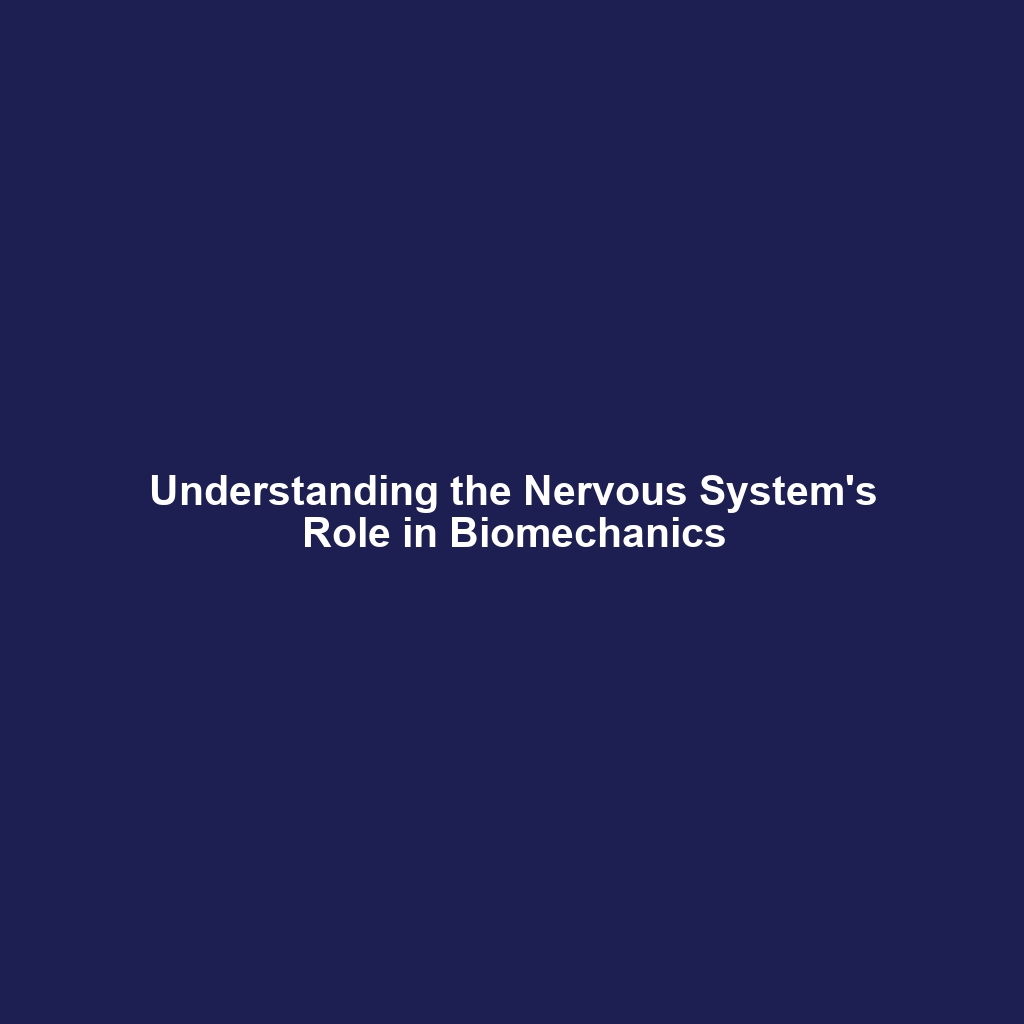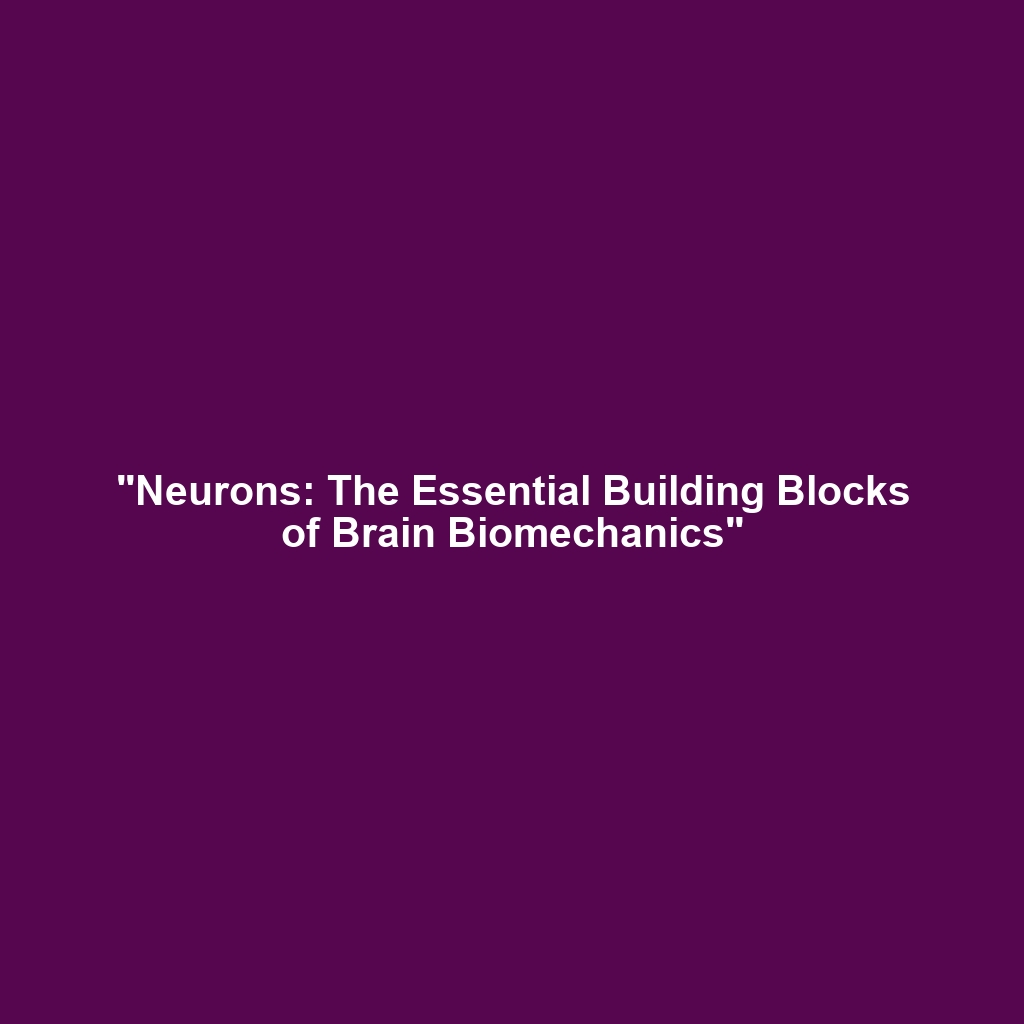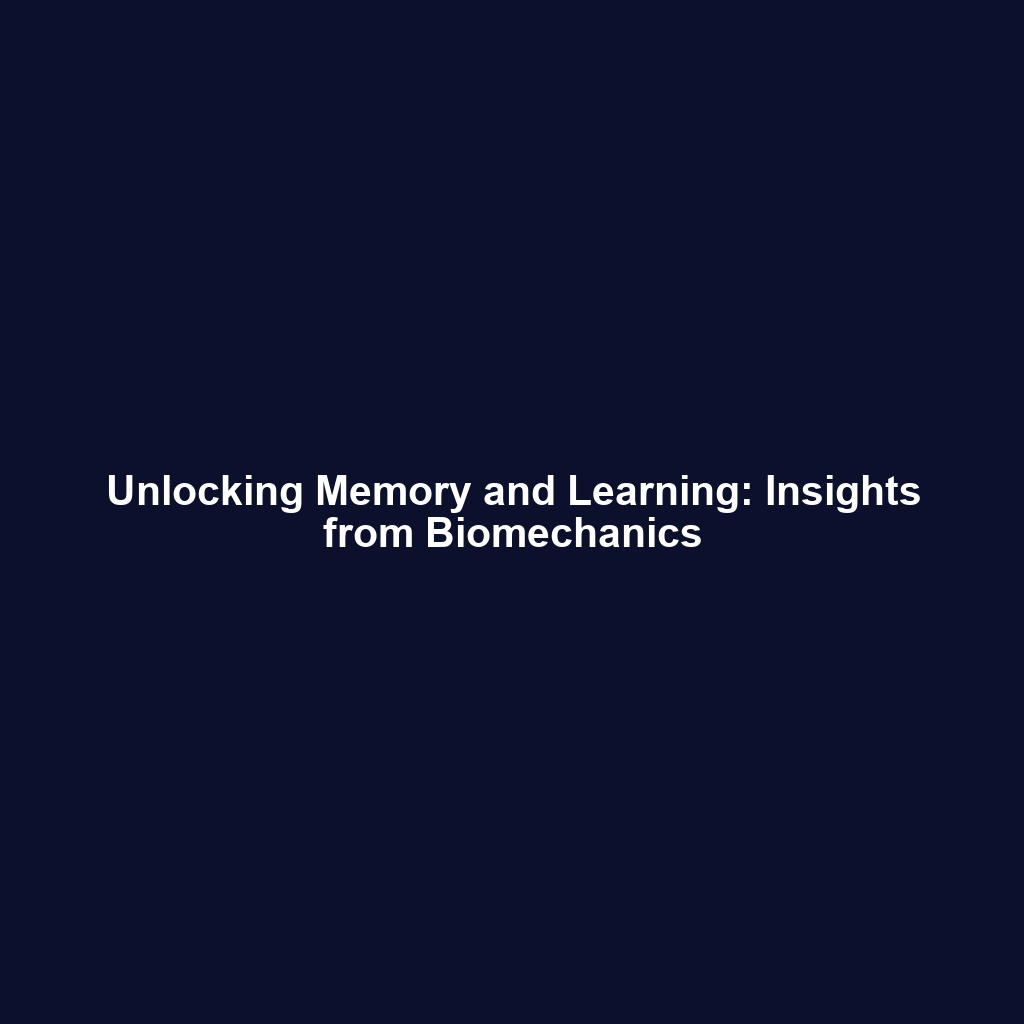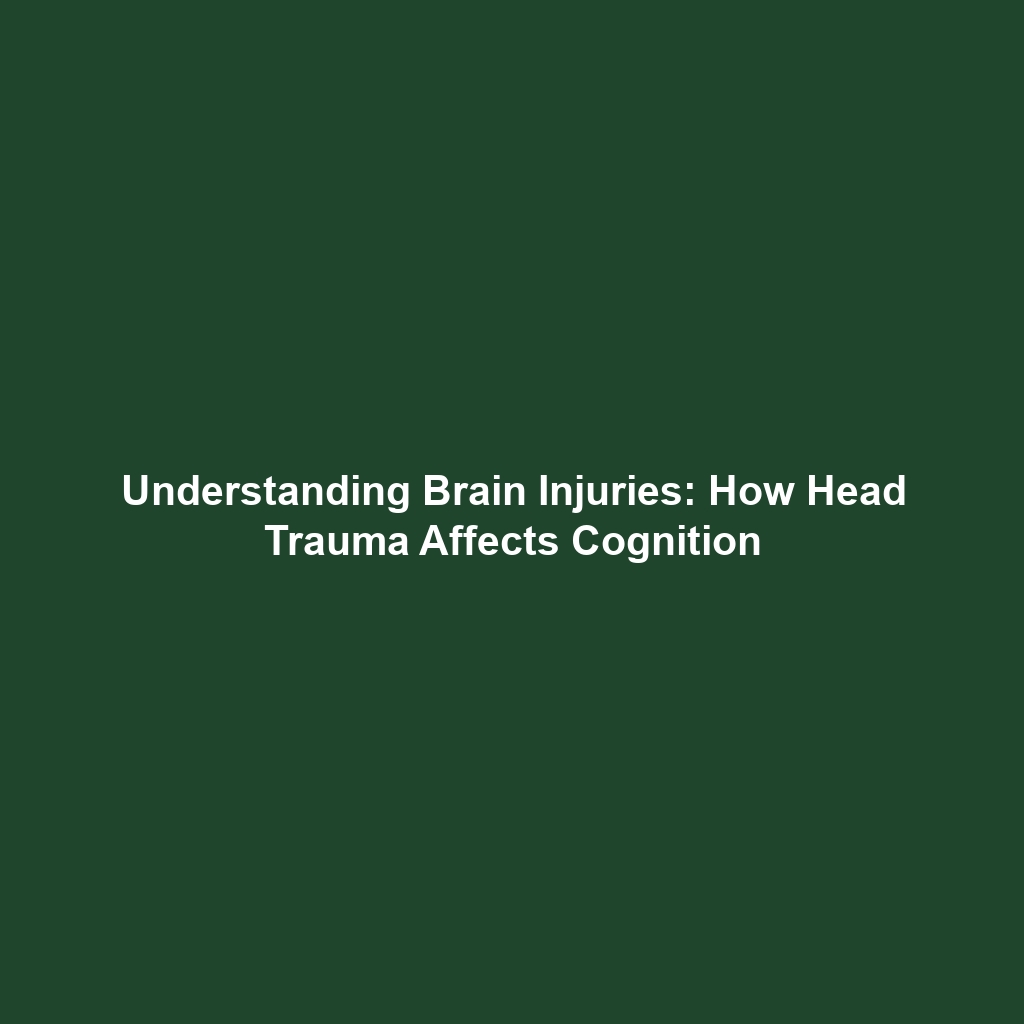Human Augmentation and Exoskeletons: Enhancing Human Capabilities through Humanoid Robotics
Category: Humanoid Robots
Introduction
Human augmentation and exoskeleton technology represent a significant advancement within the field of humanoid robotics, offering profound implications for enhancing human capabilities. As the boundaries between man and machine blur, these innovations pave the way for improved physical endurance, rehabilitation, and overall quality of life. This article explores the importance of these technologies, their applications, current challenges they face, and the future of humanoid robotics.
Key Concepts
Understanding human augmentation and exoskeletons requires familiarity with several key concepts:
- Human Augmentation: Refers to technologies that enhance human physical and cognitive abilities.
- Exoskeletons: Wearable devices that work in tandem with the user’s movements to provide support, enhance strength, and reduce fatigue.
- Integration with Humanoid Robots: Exoskeletons are considered a vital part of humanoid robots, enabling them to assist or augment human capabilities in various settings.
Applications and Real-World Uses
The applications of human augmentation and exoskeletons in humanoid robotics are expansive. Notable examples include:
- Healthcare: Exoskeletons are used in rehabilitation settings to help patients regain mobility after injuries.
- Manufacturing: Workers use augmented capabilities to lift heavy items, decreasing the risk of injury.
- Military: Soldiers utilize exoskeletons for enhanced strength and endurance on the battlefield.
These examples illustrate how human augmentation and exoskeletons are actively shaping the future of humanoid robots across various industries.
Current Challenges
Despite notable advancements, there are several challenges associated with human augmentation and exoskeleton technology, including:
- High development and production costs.
- Complexity of integration with human physiology.
- Limited range of motion and usability depending on design and application.
- Concerns about user dependency on augmented technologies.
These challenges impact research and application efforts in the category of humanoid robots.
Future Research and Innovations
The future of human augmentation and exoskeleton technologies looks promising, with numerous innovations on the horizon:
- Advancements in AI and machine learning to tailor exoskeleton responses to individual users.
- Developing lightweight materials for enhanced comfort and mobility.
- Next-gen robotics focused on seamless human-robot interaction.
These breakthroughs are set to redefine the role of humanoid robots, making them more accessible and effective for a broad range of applications.
Conclusion
Human augmentation and exoskeletons are at the forefront of enhancing human capabilities through humanoid robotics. Their applications are vast and varied, from healthcare to manufacturing and beyond. As challenges are addressed through ongoing research and innovation, the benefits of these technologies will likely expand further. For more insights on related topics, consider exploring our articles on rehabilitation technology and robotics innovations.
This article is structured to improve search engine visibility and engage the reader, while maintaining a professional tone and including all required elements.





